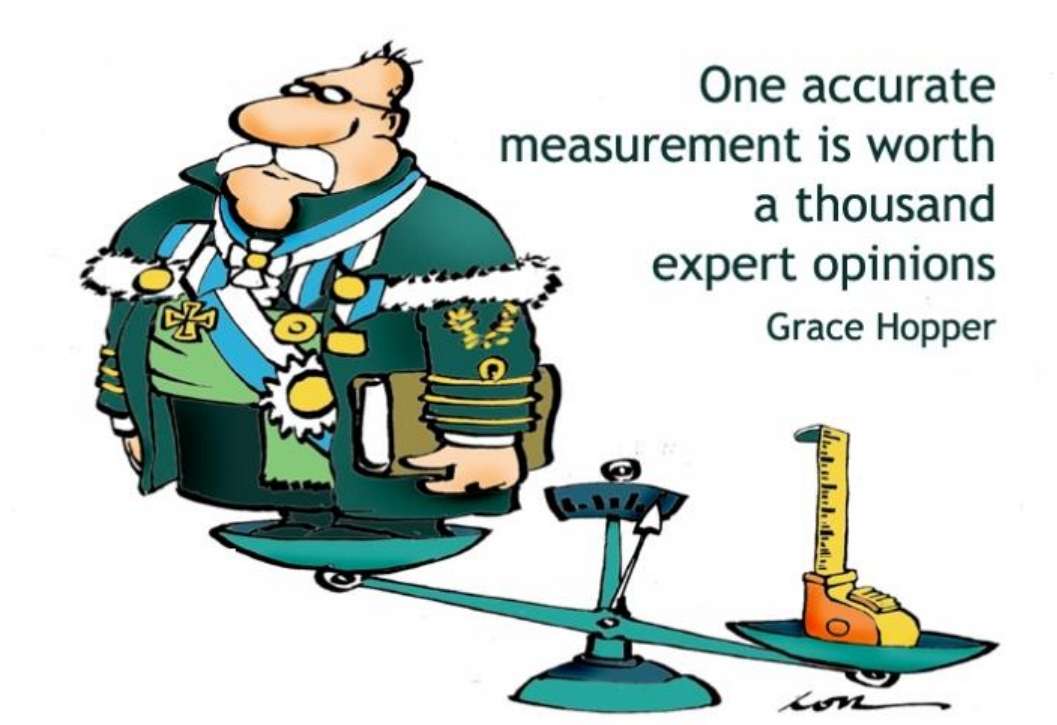You wouldn’t accept waste of time, why waste energy?

An energy use reduction opportunities have been outlined in the Energy Audit report. Now what? Reports do not cut energy waste. It’s time to get specific about costs and benefits.
An energy study, the next logical step, produces a cost-benefit analysis for the business case. The one that’s needed for capital project approvals. Two types of energy studies are recommended and supported by IESO: a Preliminary Engineering Study and a Detailed Engineering Study.
A Preliminary Engineering Study estimates electricity savings to an accuracy of ±30%, and projects costs to an accuracy of ±50%.
A Detailed Engineering Study requires much more work to estimate electricity savings to an accuracy of ±10% and projects costs ±25%.
No study can provide an absolute certainty about costs and energy use reduction, but both types of studies reduce uncertainty and risks. Both can be used to build a capital investment business case depending on your company’s approval procedures and financial standards.

